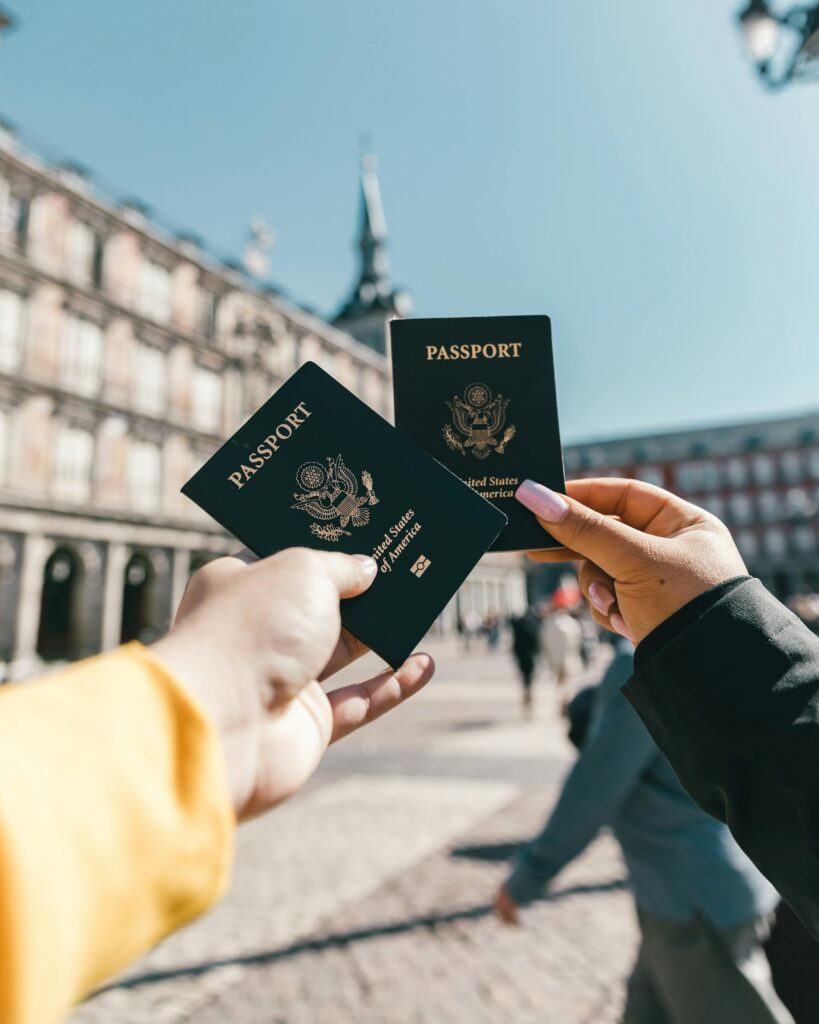How to Navigate Visa Applications for Students

Pursuing studies abroad can be a lifetime experience, with the best education, abundant cultural exposure, and job opportunities. But even before anything, there's one step even the most prepared applicants dread: the student visa.
If you're a foreign student but are lost when it comes to visas, relax because this step-by-step guide has you covered—right from choosing the appropriate visa to preparing for an embassy interview.
Knowing What a Student Visa Is
Student visas are official documents used to allow you to stay in another nation for study. Student visas are temporary and come with some restrictions—like restricted workplace rights or enrollment obligation clauses.
Different countries offer different types of student visas based on factors like:
- Course duration
- Level of study (undergraduate, postgraduate, vocational training)
- Type of institution
Each type of visa has specific rules, and hence you must familiarize yourself with them in advance.
Visa Requirements for Your Destination
Student visa rules vary from country to country. It is always best to check the official immigration site of your preferred destination.
Here is a brief overview of popular destinations:
|
Country |
Visa Name |
Processing Time |
Key Requirements |
|
United States |
F-1 / M-1 |
2–3 months |
I-20 form, SEVIS fee, embassy interview |
|
United Kingdom |
Student Visa (Tier 4) |
3 weeks |
CAS letter, English proficiency |
|
Canada |
Study Permit |
1–3 months |
Letter of acceptance, proof of funds |
|
Australia |
Subclass 500 |
4–6 weeks |
COE, OSHC insurance, English test |
|
Germany |
Student Visa |
6–12 weeks |
Admission letter, blocked account |
Tip: Begin researching visas when you start applying to schools.
Choosing the Proper Student Visa Type
Most countries have more than one student visa type. The incorrect choice can lead to delays or refusals.
Examples:
- U.S.:
- F-1 Visa: For study at accredited colleges/universities.
- M-1 Visa: For vocational or non-academic study.
- Australia:
- Subclass 500: For all full-time students.
Always verify with the embassy or official immigration site which visa applies to your situation.
Getting Accepted to an Accredited Institution
You generally cannot apply for a student visa unless you’ve been accepted to a government-approved or accredited institution.
You’ll need:
- An admission letter or certificate of enrollment
- In the U.S., this is called the Form I-20
- In Canada, you’ll need a Designated Learning Institution (DLI) acceptance letter
Tip: Your application will not proceed without proof of admission.
Gathering Required Documents
Here is a general list of documents that most embassies require:
- Valid passport (6+ months valid)
- New passport photos
- Admission letter or I-20/CAS/COE
- Proof of financial support
- Academic transcripts and certificates
- Visa application form (country-specific)
- Proof of paid application fees
- Health insurance (required for some countries)
Some countries may also require:
- A medical exam
- Background checks or police clearance certificates
- Biometrics
Showing Financial Support
You must show you are able to pay for your living expenses and studies.
Common methods to prove funds:
- Bank statements (last 4–6 months)
- Sponsor letters (accompanied by supporting documents)
- Education loans
- Scholarship award letters
- Fixed deposits
Example:
To study in the U.K., you must prove at least £1,023/month for living expenses, plus tuition.
Tip: Ensure funds are in your or your sponsor's name and readily accessible.
Language Proficiency Requirements
Most English-speaking countries require proof of English language proficiency.
Accepted tests are:
- IELTS
- TOEFL
- PTE Academic
- Duolingo English Test (some institutions)
Germany and other non-English speaking nations might require:
- TestDaF or DSH for programs taught in German
Ensure your score meets both university and immigration standards.
Scheduling and Attending a Visa Interview
Most countries have a face-to-face or online interview. Answer Truthfully, briefly, and confidently.
U.S. Student Visa Interview Tips:
- Be familiar with your institution, program, and reasons for choosing it
- Specify how you plan to fund your education
- Explain your plan after graduation (intent to return is crucial)
- Other countries like Canada and the U.K. may have phone interviews or even none.
Tip: Practice answers but not too immaculately.
Common Reasons for Denial of Visa
Avoid the red flags:
- Lack of proper documentation
- Vague study proposals
- Lack of proper finance
- Weak connections to home country (no valid reason to return)
- Misleading or conflicting data
Solution: Be transparent, methodical, and logical in your replies and papers.
Top Ten Tips for Successful Visa Application
- Plan ahead – Visa processing will take weeks or months.
- Stick to the checklist – Published by the embassy or immigration department.
- Don't pre-book flights – Wait for the visa to come through.
- Contact your school's international office – They will guide you through steps by country.
- Save copies of everything– Both electronically and on paper.
- Stay current – Rules can change. Subscribe to embassy or school newsletters.
After Approval
Once approved, you'll typically receive a visa sticker in your passport or electronic visa grant notice.
Now you can:
- Book flights
- Complete housing
- Enroll in health insurance (if not already required)
- Register with your school's international office
- Go to orientation
Bonus Tips:
- Verify visa conditions (e.g., work restrictions, renewal dates)
- Maintain your visa current by studying and being full-time
Final Thoughts
A student visa application can seem intimidating, but it can be done with foresight and precision. Stay organized, adhere to the host nation's laws, and don't hesitate to get help.Time and effort devoted to obtaining your visa are an entrance to one of the richest experiences of your life—a cross-cultural education experience that can define your professional and personal future.















